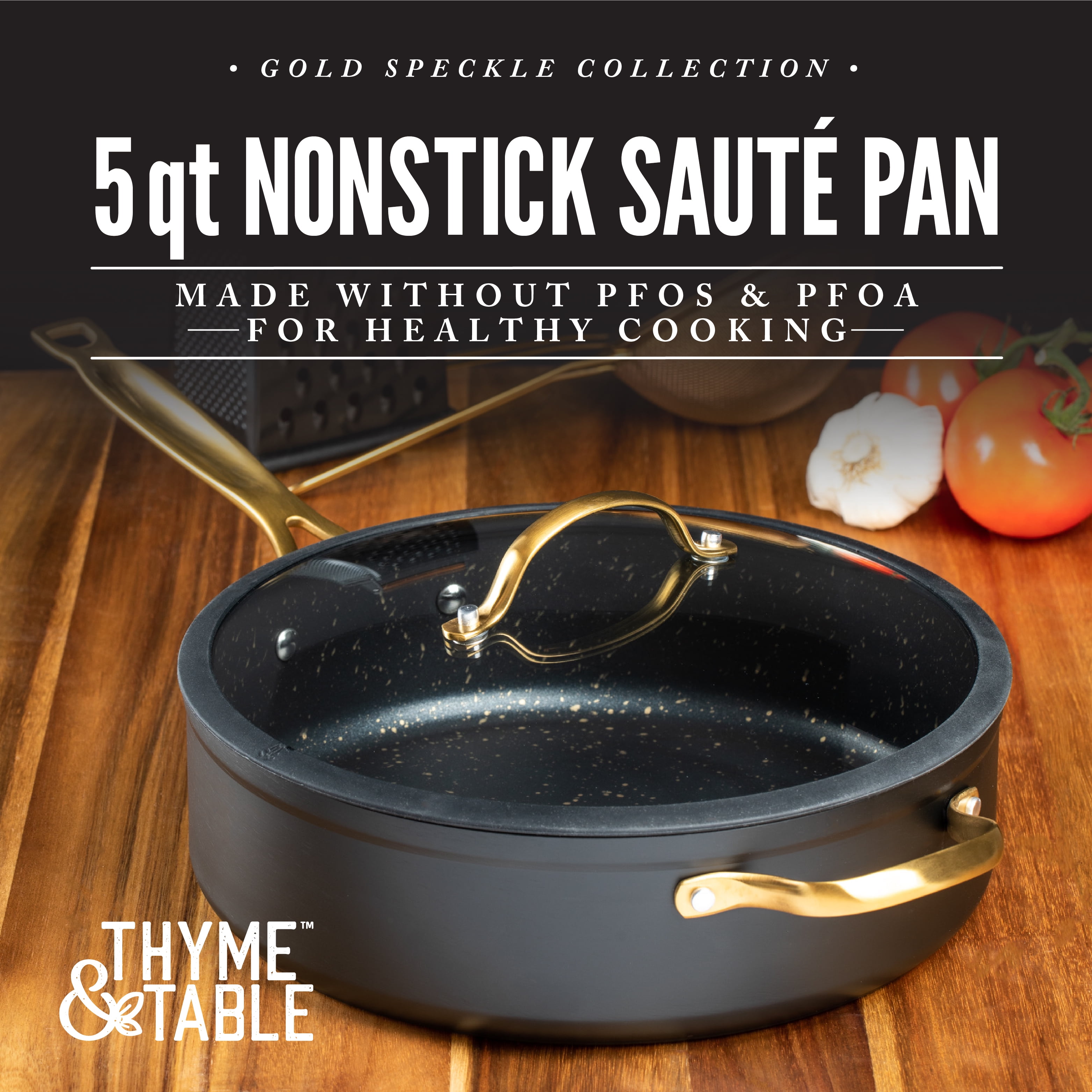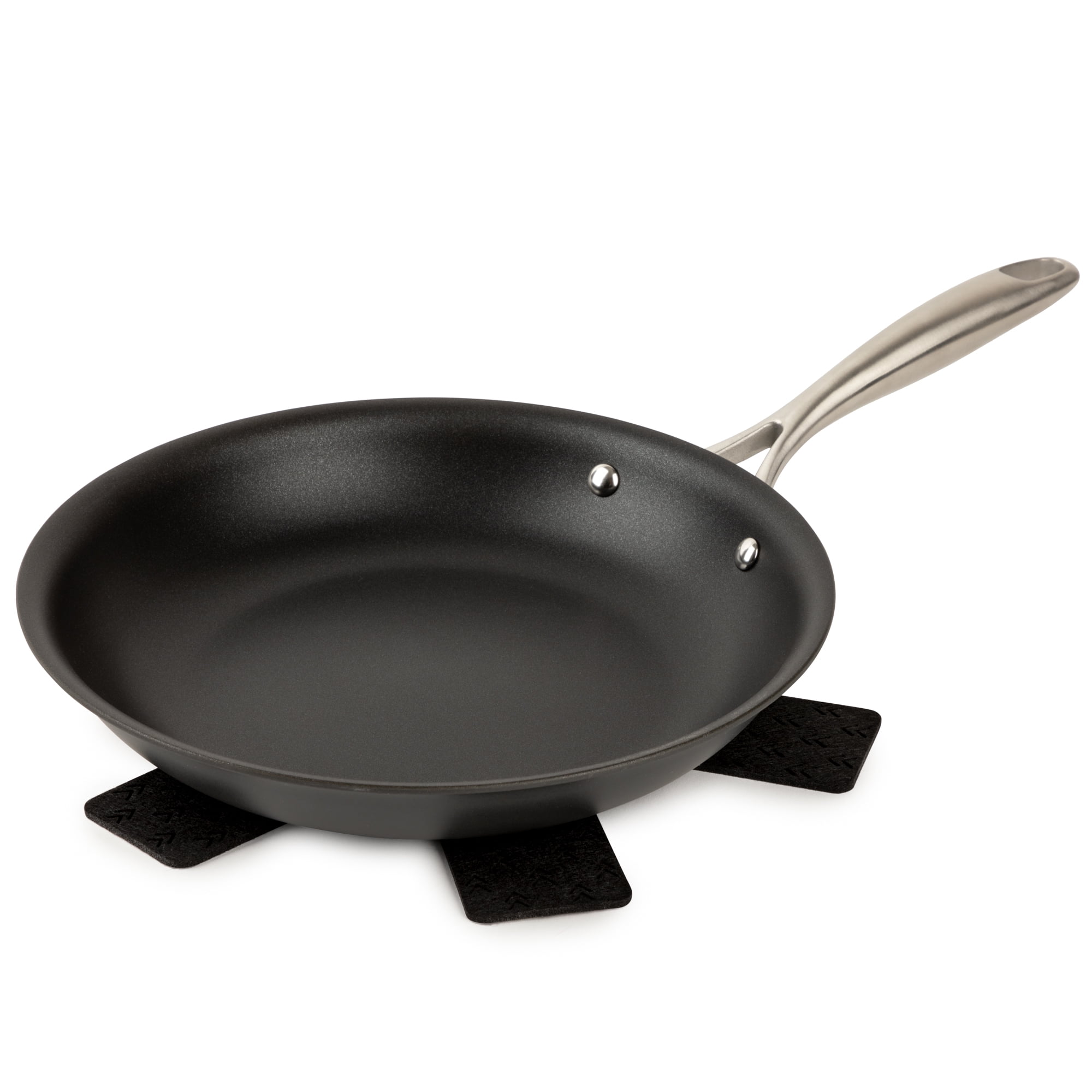
Hand wash recommended to maintain the nonstick finish. with superb food release and easy cleanup. Cookware without the chemicals that can be used as a soup pot, sauce pan, skillet or non stick frying pan set.

What Is The Most Important Item In The Kitchen?.What Is The Best Way To Use A Thyme And Table Cookware Reviews?.Where Can I Buy A Thyme And Table Cookware Reviews?.How Do I Store My Thyme And Table Cookware Reviews When Not In Use?.What Is The Best Way to Clean A Thyme And Table Cookware Reviews?.What Are The Benefits Of Using Thyme And Table Cookware Reviews?.What Is The Best Thyme And Table Cookware Reviews?.FAQs about Thyme And Table Cookware Reviews.Compare Different Thyme And Table Cookware Reviews.
THYME AND TABLE PANS REVIEW HOW TO

How We Test To Choose The Best Thyme And Table Cookware Reviews.Top Best Thyme And Table Cookware Reviews Comparison 2023.

This will prevent the crust from becoming soggy. Let the pizza cool very briefly as soon as you feel comfortable doing so, carefully transfer it from the pan to a cooling rack or cutting surface. Carefully run a table knife or spatula between the edge of the pizza and side of the pan to prevent the cheese from sticking as it cools. Remove the pizza from the oven and place the pan on a heatproof surface. Home ovens can vary a lot, so use the visual cues and your own preferences to gauge when you’ve achieved the perfect bake. On the other hand, if the top seems fine but the bottom's not browned to your liking, leave the pizza on the bottom rack for another 2 to 4 minutes.

If the bottom is brown but the top still seems pale, transfer the pizza to the top rack and bake for 2 to 4 minutes longer. At this point the dough should reach the edges of the pan if it doesn’t, give it one more 15-minute rest before dimpling/pressing a third and final time.īake the pizza on the bottom rack of the oven for 18 to 20 minutes, until the cheese is bubbling and the bottom and edges of the crust are a rich golden brown (use a spatula to check the bottom). The dough may start to resist and shrink back that’s OK, just cover it and let it rest for about 15 minutes, then repeat the dimpling/pressing. Transfer the dough to the pan and turn it once to coat both sides with the oil. After coating the dough in oil, press the dough to the edges of the pan, dimpling it using the tips of your fingers in the process. Heavy, dark cast iron will give you a superb crust but if you don’t have it, use another oven-safe heavy-bottomed skillet of similar size, or a 10” round cake pan or 9” square pan. Tilt the pan to spread the oil across the bottom, and use your fingers or a paper towel to spread some oil up the edges, as well. Pour 1 1/2 tablespoons (18g) olive oil into a well-seasoned cast iron skillet that’s 10” to 11” diameter across the top, and about 9” across the bottom. It'll rise slowly as it chills, developing flavor this long rise will also add flexibility to your schedule.Ībout 3 hours before you want to serve your pizza, prepare your pan. Then refrigerate it for a minimum of 12 hours, or up to 72 hours. Cover the bowl and let the dough rest, undisturbed, for 40 minutes. Wait 5 minutes and repeat then another 5 minutes, and do a fourth and final fold. Re-cover the bowl, and after 5 minutes do another fold.


 0 kommentar(er)
0 kommentar(er)
